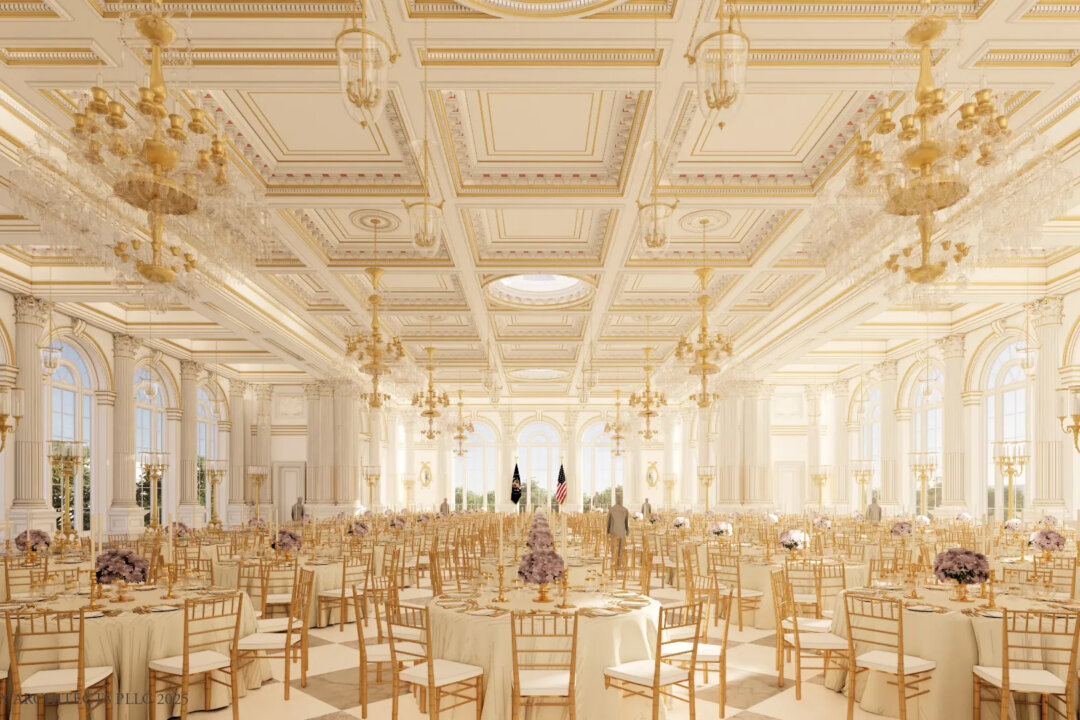The venerable White House, a symbol of American democracy and history, is embarking on a significant expansion project: the construction of a $200 million grand ballroom. This ambitious undertaking, announced by White House press secretary Karoline Leavitt, aims to finally provide a dedicated, expansive venue for large-scale presidential events that has long been sought by various administrations.
For over 150 years, the iconic residence has grappled with the logistical challenge of hosting a substantial number of guests. Traditionally, major gatherings, including state dinners, necessitated the erection of temporary tents on the White House lawn, a solution that, while functional, lacked the permanent grandeur befitting such important occasions. This new ballroom construction addresses that historical limitation directly.
The proposed ballroom is a substantial facility, spanning an impressive 90,000 square feet and designed to accommodate up to 650 people. This represents a significant increase in capacity compared to the current East Room, a primary venue for White House social events, which can only comfortably seat approximately 200 guests. This expanded capacity will revolutionize the scale and scope of future gatherings in Washington D.C..
President Trump has been actively involved in the planning stages, holding numerous meetings with key stakeholders including White House staff, the National Park Service, the White House Military Office, and the United States Secret Service. These discussions have focused on crucial design features and meticulous logistical planning, underscoring the administration’s commitment to the project’s success and its importance to US politics.
The architectural vision for this monumental structure is being led by Washington-based McCrery Architects, renowned for their expertise in significant public and historical buildings. Maryland-based Clark Construction has been selected as the builder, bringing their extensive experience in large-scale government infrastructure projects, while Texas-based AECOM will manage the engineering aspects.
While the new ballroom will not be physically connected to the main White House building, meticulous attention has been given to ensure its design harmonizes seamlessly with the existing architectural heritage. Leavitt emphasized that its theme and aesthetic will be “almost identical,” maintaining the iconic visual continuity of the complex, making it a true extension for future White House functions.
White House Chief of Staff Susie Wiles affirmed the administration’s dedication to this initiative, highlighting President Trump’s intrinsic inclination as “a builder at heart” and his exceptional “eye for detail.” This project is seen as a testament to their commitment to both preserving the cherished history of the White House and creating a magnificent space for upcoming administrations and future generations of Americans to utilize and enjoy, further solidifying the legacy of presidential events.
This strategic investment in a permanent, grand event space signifies a forward-looking approach to the demands of modern presidential functions. It promises to elevate the stature of official gatherings, ensuring the White House remains an unparalleled host for both domestic and international dignitaries, marking a new era for presidential events and high-profile diplomatic engagements in the nation’s capital.






Leave a Reply